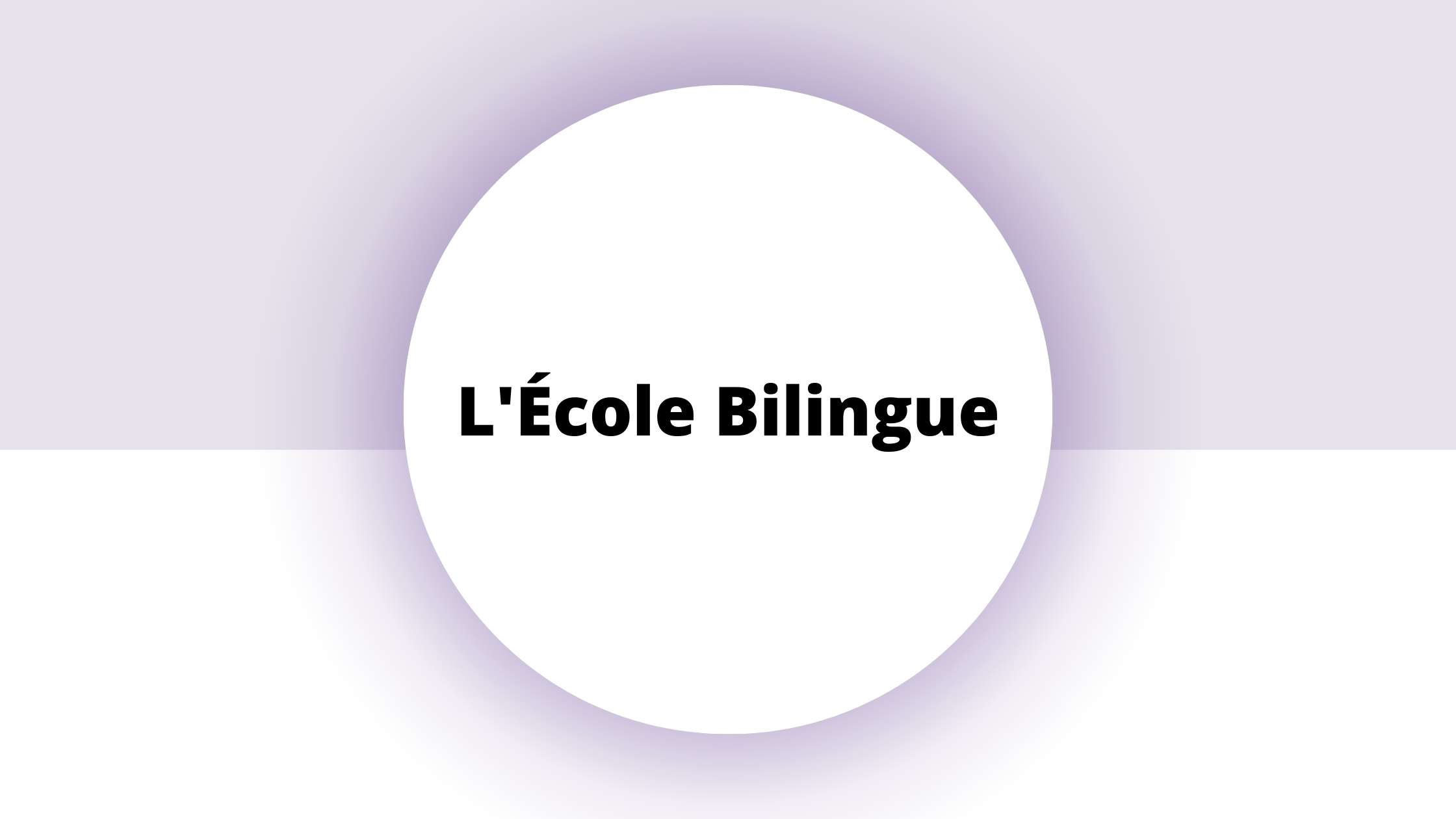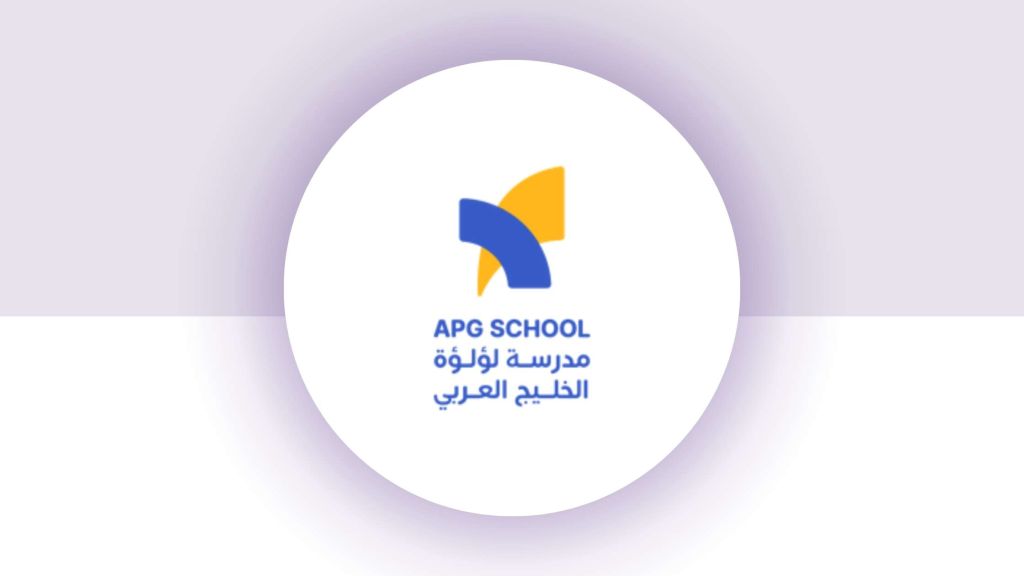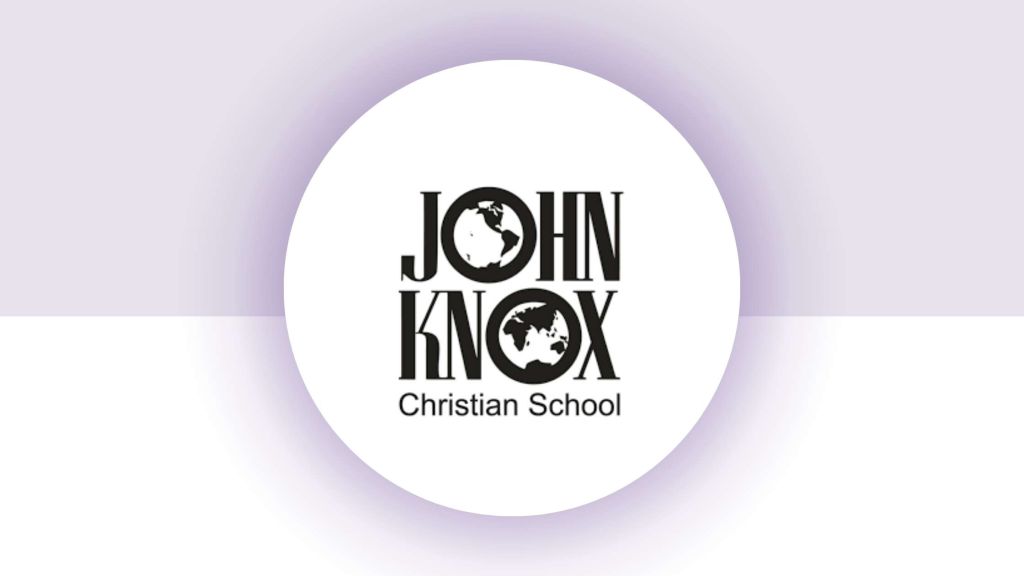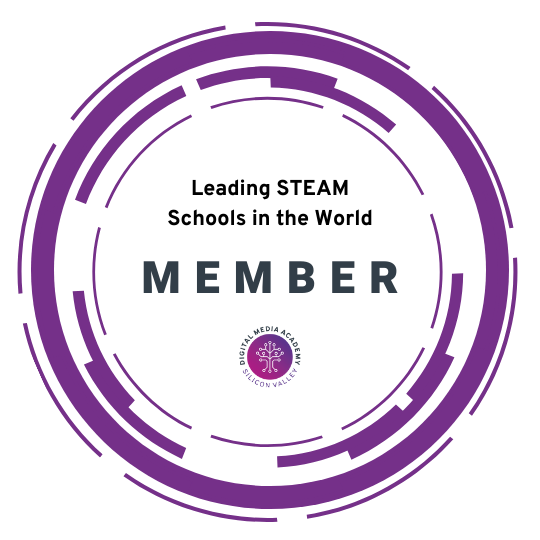Ms. Gabriela Novotny teaches Grades 3 + 4 in Vancouver, Canada.
Ms. Novotny’s School District is in the process of implementing an all-new inquiry-based curriculum which includes design and technology. Ms. Novotny, of L’École Bilingue Elementary School, was in search of something that would make her students’ design learning more tangible, real, and accessible.
Until now, in her district, technology had been taught in isolation and was more focused on learning how to use technology. Making the shift to understanding how to make technology was a key goal. To make learning more meaningful, Ms. Novotny used a framework whereby she could connect the past and the future to encourage students to become designers and design thinkers.
Ms. Novotny planned to create a foundation for how she would teach the design aspects of the curriculum. She knew that it was critical to plan small, but richly connected lessons, for students to achieve substantial learning. She used the Digital Media Academy for Schools Design Challenge Course and connected students to how and why different forms of technology were created and designed in the past.
To reinforce this concept students did a mini-research project and also went on a field trip where they discussed the invention and impact of steam power and trains. As they decided on what kind of designer they wanted to be, they tried to see what needs they could address in the present. Together students in groups, based on design interests, ideated to come up with a design or product of their own using the concepts and terms used in Social Studies and in the lessons presented by Digital Media Academy for Schools.
The most impactful outcome was increased student engagement and being able to make connections between the past and present with lessons from Digital Media Academy for Schools. As a result, students had the language to discuss how technology has impacted their lives. Students understood that everything around them was conceptualized by someone at some point from the chairs they sit on; to the utensils they eat with; to the cars they drive in. They saw that these inventions also changed because designers saw different needs and modified them accordingly.
They learned that design is a process, and often a collaborative one that does not come to fruition right away. What was particularly interesting for the students was hearing the voices of present-day designers who talked about their processes and how they came up with their concepts.
“I thought the program was really helpful to learn how technology can be used. It was a new, fun and visual way to learn. Students will enjoy the programs because it lets you be creative and think outside the box.” – Grade 3 Student, Ecole Bilingue, Vancouver, Canada.
I was so excited to discover lessons that really worked for me and my students. The design challenge course led many of my students to find inspiration in design thinking and I look forward to using more Digital Media Academy for Schools courses.
- Gabriela Novotny, Teacher, École Bilingue





